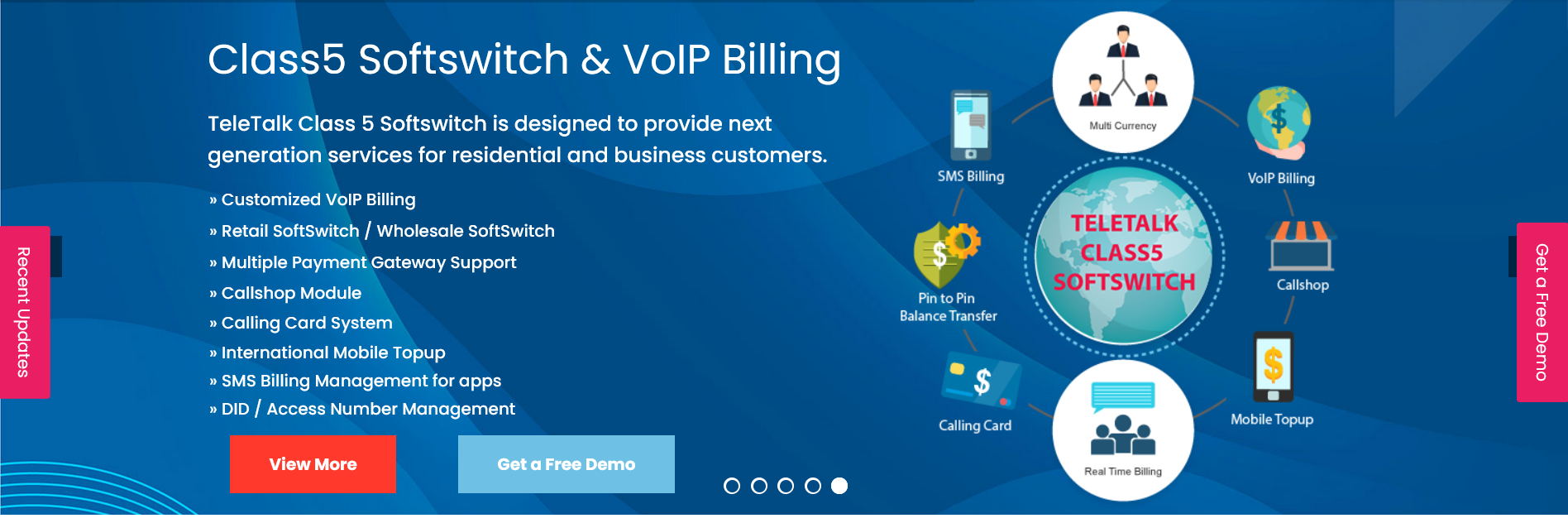The usage of Softswitch technology in the telecommunications sector is now widespread in the modern world. Several service providers throughout the world employ Softswitch, which is meant to provide an effective method of processing voice conversations via the Internet.

The characteristics of Softswitch created by TeletalkApps are given below
- User-friendly interface: Both service providers and end users will find the TeletalkApps Softswitch to be simple to use thanks to its friendly interface.
- Call routing that saves money: Least Cost Routing (LCR), which aids in lowering call expenses for service providers, is one of the call routing methods supported by Softswitch. For companies that wish to keep communication costs to a minimum, this is a considerable advantage.
- Advanced features for call management: Many cutting-edge call management functions, including call recording, call forwarding, and call waiting, are available through Softswitch. This enables service providers to handle their calls more effectively and guarantee their clients receive high-quality services.
- Advanced features: The Other Softswitch provides a variety of advanced capabilities, including redundancy, load balancing, and real-time call monitoring. By doing this, service providers may guarantee their clients receive high-quality services while reducing service outages.
- Codec assistance: The Softswitch can handle many voice call types since it supports several VoIP codecs, including G.711, G.729, and G.723. This is a huge advantage for companies that need to handle various phone calls kinds and provide their clients with high-quality services.
- Multilingual support: The Softswitch is appropriate for service providers that operate in many nations since it supports multiple languages and currencies.
In conclusion, both Softswitch provide a variety of characteristics that make them appropriate for various service providers. The TeletalkApps Class5 Softswitch has a user-friendly UI, and extensive call management tools, and is intended for small and medium-sized organizations. The second Softswitch is made for enterprise-level service providers and has cutting-edge capabilities like load balancing and real-time call monitoring. In the end, the service provider’s particular requirements will determine which of the two Softswitch is best.
